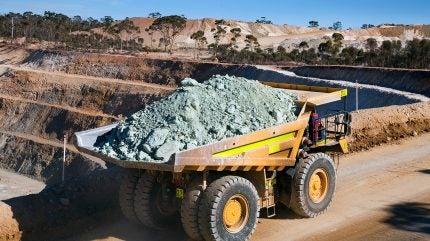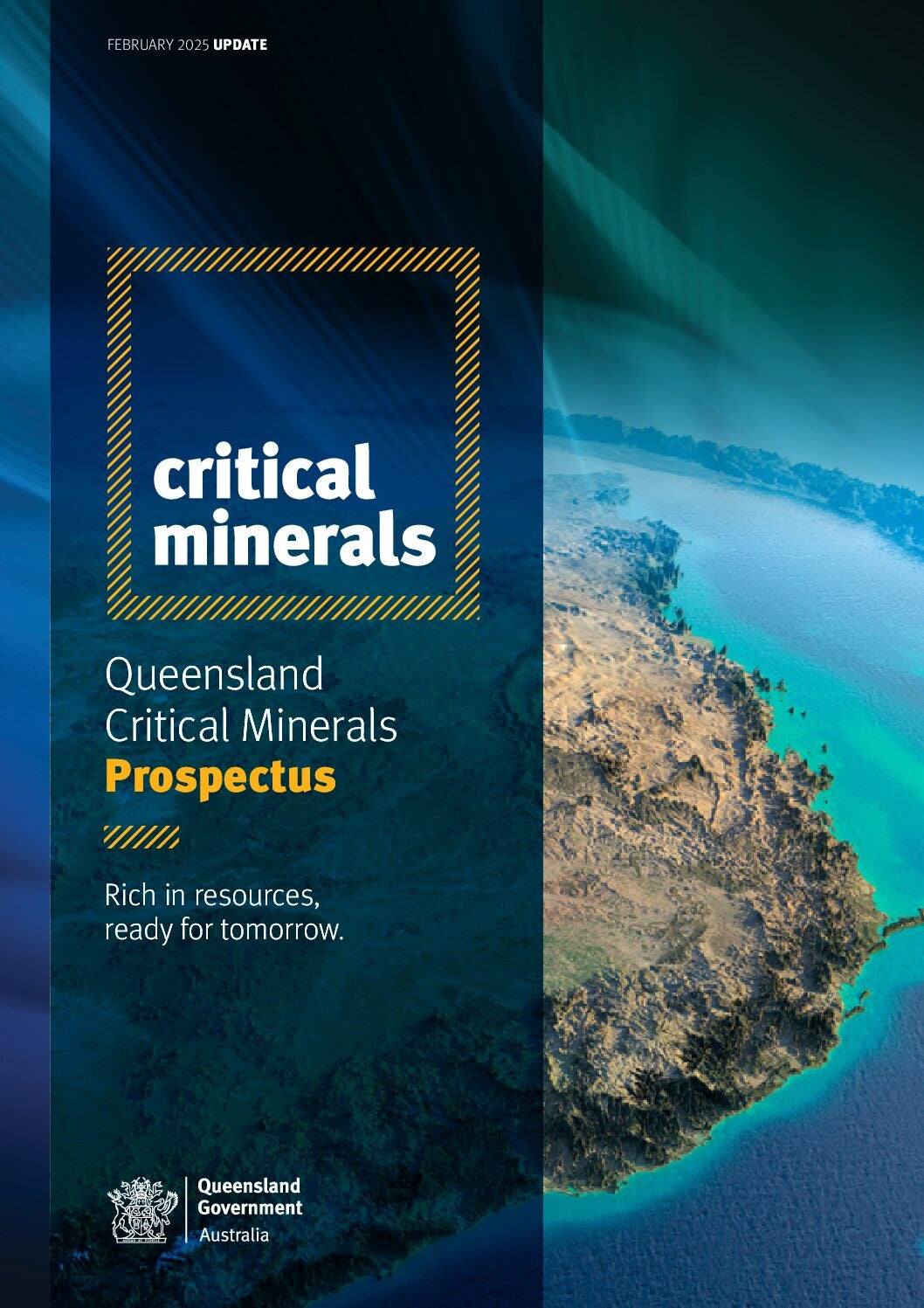

The global nickel market has been volatile for years now. The price rollercoaster of 2022 saw prices for the metal soar, plummet and then soar again in the space of eight months. This instability prompted the London Metal Exchange (LME) to suspend nickel trading altogether in March 2022, when global prices initially rallied more than 250% in one day, and later to begin “enhanced monitoring” of nickel to ensure trading activity was fair and to prevent market distortion.
More recently, the nickel market has experienced an unprecedented, drawn-out price slump that has put operations around the world – and particularly in Australia – in jeopardy. A significant oversupply of cheap, low-grade nickel pig iron (NPI) coming almost entirely from China and Indonesia, is the key cause of the price slump. Combined, the two countries produce around 70% of the world’s nickel. Indonesia alone accounted for roughly half of global production in 2023, which is expected to rise significantly by the end of the decade.

US Tariffs are shifting - will you react or anticipate?
Don’t let policy changes catch you off guard. Stay proactive with real-time data and expert analysis.
By GlobalDataThe surplus in global supply and subsequent price crash has caused miners to either reduce output at nickel mines, or to withdraw from or suspend operations entirely as they become unprofitable. So how can miners in Australia, whose operations have been worst hit by the crisis, recover, even as operations begin to close?
The situation in Australia: closures and cutbacks
The price surge in 2022 was largely due to concerns from producers that international trade would be dented by sanctions against Russia, a major producer of the metal, after its invasion of Ukraine in February of that year.
Since then, the global situation has become so dire that in February this year, China and Indonesia both said they would cut nickel output in an effort to limit losses from the price slump that they too are feeling the effects of. The two nations have so far removed more than 230,000 tonnes (t) from the market, or approximately 6% of global supply, but this has not yet been enough to significantly bolster prices.
At their lowest point, prices for the metal dropped below $16,000/t, an unprecedented two-year decline considering that at their peak in March 2022, nickel prices briefly hit more than $100,000/t before levelling out at nearly $50,000/t.
Producers with nickel operations in Australia are now feeling the brunt of the crash. In January, First Quantum announced plans to cut production and slash the workforce at its Raventhorpe nickel mine in Australia after it posted an operating loss of $66m for the first three quarters of 2023. The company cited a “significant” downturn in nickel prices as the reason.
In February, Australian mining giant BHP announced plans to shut down its Nickel West operations in Western Australia, citing doubts that prices will recover sufficiently in the short and medium term to see profits recoup. The company said in a statement at the time that the nickel industry is ‘facing challenges’ and that the price crash combined with increased capital costs for its Australia operations have made the business unviable. BHP CEO Mike Henry said that these are “uncertain times for the Western Australia nickel industry”.
More recently, in March BHP cut contractor jobs at its West Musgrave nickel and copper project, also in Western Australia. Some sources have suggested that job losses at the two projects could be in the thousands, although BHP is yet to confirm this. The company’s outgoing CFO, David Lamont, said on a call to shareholders in March that the decision to review the business was necessary as operational losses due to the price slump have been high.
“To put that into context, 30% of the Australian nickel market has gone offline and another 30% is under pressure,” he said.
Some miners have lowered nickel output targets as a result of closing operations. Analysts have also reduced forecasts for nickel in response to poor market conditions. GlobalData, parent company of MINE Australia, recently dropped its medium-term nickel estimates for the period 2023–30 by 1–3%. For 2024, it now sees global production ending on 3,563.02 kilotonnes (kt), down from 3,665.25kt in its previous forecast.
The bounce back: what is being done to combat the crisis?
In an effort to keep its domestic nickel industry afloat, Australia’s Federal Government officially added nickel to its list of critical minerals in February which, above other things, opens the door to new subsidies support for miners from a A$6bn ($3.9bn) stimulus fund.
Australia’s Minister for Resources, Madeleine King, said at the time that the government needed to be proactive in supporting nickel producers, warning that nickel operations in the country are currently at risk. She added: “The international nickel price is forecast to stay relatively low through 2024, and likely for several years to come until the surplus of nickel in the market is corrected.”
Metals on the government’s critical minerals list have access to financing under the A$4bn federal Critical Minerals Facility as well as other critical minerals-related grants such as the International Partnerships Programme.
Producers have also been making moves to boost prices of top-grade nickel ore. In March, Western miners called for a green price premium to be introduced for ‘sustainably produced’, high-quality nickel traded on the LME in an effort to differentiate their ore from Indonesian and Chinese NPI. King has also backed calls for a green premium as a way to level the playing field with Indonesia.
However, the request might not go through, which could prove a near-term problem for global companies because for the first time ever, a Chinese-Indonesian nickel producer, PT CNGR Ding Xing New Energy, has applied to have its supply listed as a ‘good delivery brand’ – meaning high-quality and sustainable – on the LME.
That the LME is poised to approve the application as part of its recovery plan for the nickel market has only served to raise concern among Western producers. They are worried that, if the listing were to go ahead, Indonesia’s low-cost nickel supply will wipe out rivals within the next few years and could eventually account for more than three-quarters of the world’s high-quality nickel.
Indonesia, which holds the world’s largest nickel reserves, does face environmental and social challenges stemming from its mining industry. A spokesperson for BHP told reporters recently that “an increasingly well-known range of ESG [environmental, social and governance] and responsible sourcing challenges currently exist” in the country.
Indeed, last year, Indonesia’s President Joko Widodo pledged his government would clean up the country’s nickel industry and step up scrutiny of mining operations as concerns over environmental and social harm from the sector heightened. “Sustainability is measured in two aspects: how long your reserves last and operations of the mines. ESG cannot be bargained for if we want to continue to go forward,” Widodo told reporters in March last year.
Recovery for Australia’s nickel miners
GlobalData analyst Thomas Pothalingam thinks Indonesia’s chokehold on production of the metal might cause problems not only for Western producers but also for battery manufacturers. “For the battery industry, Indonesia’s ban on exporting critical minerals to encourage its domestic downstream industry has put additional pressure on nickel resources,” he says. “Manufacturers based outside of Indonesia may face difficulties acquiring sufficient nickel supplies.”
He says that some of the largest battery companies – such as BASF, CATL, LG Energy Solution, Posco, Tsingshan and Zhejiang Huayou Cobalt – are already moving factories and facilities to Indonesia as a result, and this will “likely cement” the country’s long-term stance as a major player in the global nickel sector, potentially displacing other suppliers.
However, despite a generally bleak outlook from some producers and analysts, prices have recovered slightly from the lows seen earlier in the year. The benchmark price for nickel on the LME rallied slightly last month to above $18,000/t as traders increased buying, although forecasts remain mixed. The possibility of further production cuts from Indonesia, Australia and New Caledonia could shore up prices further.
Continued growth in demand for energy transition technologies over the coming years, particularly for electric vehicles, the batteries for which hold nickel as a key component, will also likely bolster sales of the metal and aid price recovery in the long term.
Investment is still going ahead in certain countries. In February, Canada Nickel Company announced plans to build a $1bn (C$1.38bn) nickel processing facility in Canada’s Timmins Nickel District. The plant is set to become the biggest in North America, with an anticipated annual production capacity of more than 80,000t of the metal, suggesting hope that the market will settle.
This likely won’t be for some time, however. BHP boss Mike Henry told reporters in February that the surge of cheap supply coming out of Indonesia took “everyone by surprise”.
He said it “happened more quickly and at lower costs than what market participants were expecting”, which is perhaps why the fallout – from mine closures to government intervention – has been so far-reaching. Henry said he thinks the price crisis will persist “for some time”, potentially until the end of the decade. However, in the end, the market will “come back into balance and things will look more positive for nickel again”, he said.
Critical minerals coverage on Power Technology (or Mining Technology is supported by The State of Queensland. Editorial content is independently produced and follows the highest standards of journalistic integrity. Topic sponsors are not involved in the creation of editorial content.




